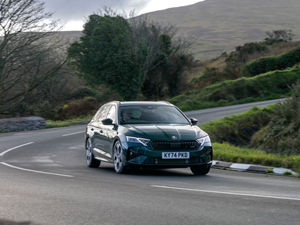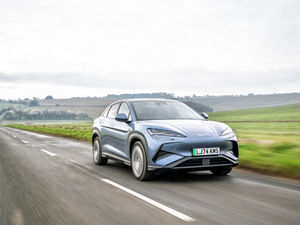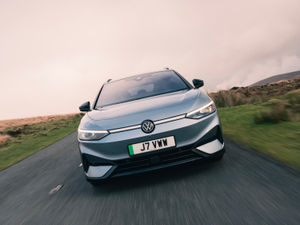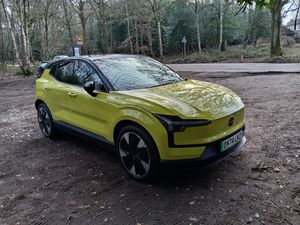Retro Road Test: Mazda RX-7
We get behind the wheel of one of Mazda’s greatest sports cars
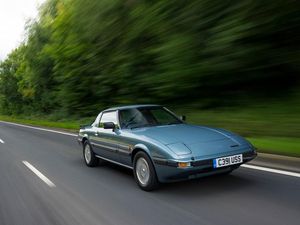
What is it?
The Mazda RX-7 is a lightweight, two-door sports car that was produced from 1978 to 2002 and is widely admired as one of the very best vehicles of its type. Incredibly popular, close to 800,000 were produced during its lifetime, which just goes to show that this is one Mazda people simply couldn’t wait to get their hands on. The original RX-7 even gained some motorsport kudos, narrowly missing out on a place in the 24 Hours of Le Mans – just avoiding qualification by less than a second.

What the RX-7 has always had on its side is an extremely low weight. You won’t believe how compact the first-generation car is, and even the bulbous Fast and Furious-age third-gen RX-7 gives a Lotus Elise a run for its money in terms of weight.
The driving experience is fantastic, because it’s all about high- energy, high-octane fun delivered in a sleek package, and it’s not until you mash your foot into the carpet and unleash the power of that rotary engine that you realise just how clever this car is.
What’s it powered by?
All three generations of the RX-7 were famed for their use of a compact and extremely lightweight Wankel rotary unit. The benefit of them was that they took up a lot less space in the engine bay, which meant the car could remain compact. Just 1.1 litres in capacity, the Wankel gave the RX-7 a free- revving, energetic character.


